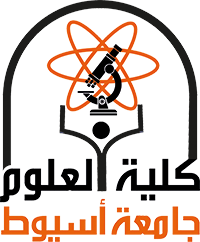The reaction of 1-(2,5-dimethylphenyl)-3-phenylthiourea (L) and copper(II) chloride dihydrate resulted in production of the complex [CuL2Cl] which contains monovalent copper. The complex was isolated in the monoclinic crystal system (space group = C 1 2/c 1) and its coordination geometry is trigonal planar composed of one chlorine and two sulfur atoms. The complex (150 µg/mL) provided significant inhibitory activity (40.5 mm) against the phytopathogen Fusarium oxysporum and led to complete inhibition of F. oxysporum-induced pathogenicity to wheat seeds. Percentages of wheat germination, evidence of phytotoxicity levels, were investigated: [CuL2Cl] (150 µg/mL) offered percent germination of 67%, but the ligand was less toxic offering percentage of germination of 77%. Reduction in shoot lengths (control = 41 mm) and root lengths (control = 54.3 mm) of germinated wheat seeds influenced by our compounds was cleared. At 150 µg/mL, 1-(2,5-dimethylphenyl)-3-phenylthiourea, copper(II) chloride dehydrate, and [CuL2Cl] offered shoot lengths of 26.3, 9.6, and 29.3 mm and root lengths of 34.7, 0, and 26.6 mm, respectively.
Research Abstract
Research Date
Research Department
Research Journal
ChemistrySelect
Research Member
Research Publisher
© 2025 John Wiley & Sons Ltd.
Research Rank
International Q1
Research Vol
34
Research Year
2025
Research Pages
e03254

